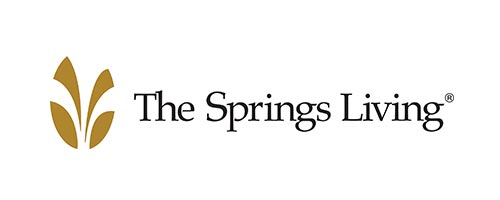Articles
The Journal on Active Aging brings articles of value to professionals dedicated to older-adult quality of life. Content sweeps across the active-aging landscape to focus on education and practice. Find articles of interest by searching the article archives in three ways: Enter a keyword in the articles search bar; click on search by topic; or type a keyword or phrase in the general search bar at the top of the page.

Designing landscapes to enhance well-being
Reflecting Absence, New York’s World Trade Center Memorial, will feature pools of water, oak trees and vast open spaces for the sun to shine through. But given the millions invested in this project, are these esthetic touches truly the right ones? Will they resonate with visitors to the memorial? And what will they mean to those who live and work in lower Manhattan? Oladele Ogunseitan, PhD, MPH, a University of California–Irvine social ecologist, may have the tools to answer these questions.
moreCommunity design

Center for Successful Aging: promoting health, vitality and well-being
Located on more than 230 acres in Orange County, the California State University, Fullerton, boasts a nonprofit research center that consistently advances the active aging field. Research conducted at the Center for Successful Aging (CSA) has set industry standards for assessing functional fitness, as well as mobility and balance training. In addition, CSA’s internationally renowned directors—C. Jessie Jones, PhD, and Debra J. Rose, PhD—spearhead efforts to create curriculum guidelines for preparing physical activity instructors of older adults. [Ed. Drs. Jones and Rose also serve on the ICAA’s advisory board.]
moreInnovator awards

Building an active aging coalition by Cody Sipe
Regular exercise is among the most important practices an older adult can engage in to improve health, increase physical functioning and stave off age-associated diseases. Yet overall physical activity levels for the 50-plus age group remain stagnant, despite increases in this demographic’s commercial club memberships. That’s because it takes more today than desire or willpower to adopt an active lifestyle. A complicated mix of barriers to physical activity has been tightly woven into the fabric of society over the years, creating the current inactivity crisis.
moreHealth promotion

Breaking through communication barriers by Debra J. Schmidt
During my training seminars, I frequently ask the class, “What’s getting in your way of delivering great customer service?”
At first, there’s silence. But when a few people begin to mention barriers, the group warms up and gets on a roll, identifying many customer loyalty barriers within the organization. It’s hard for me to keep up, as I fill pages and pages on the flip chart.
Communication

A New AGE of physical activity: creating outdoor spaces that promote active aging by Chae-Hee Park, Wojtek Chodzko-Zajko, Lisa Sheppard, Henry Wilkinson, Joe Grasso, Mac McMillan, Rob Lopez, and Cory
Imagine a sanctuary filled with green walkways, flower gardens, exotic plants, bird feeders, waterfalls, lawns and patios. As visitors enjoy the greenery, they stoop to feed the wildlife, follow where the path leads, and take advantage of the different physical activity and recreational opportunities. This safe and inviting setting is more than a park, however. It is a health maintenance facility for older adults, created to enhance cardiovascular health, sustain muscle strength, stimulate balance, and encourage stretching and relaxation.
moreTrends

The obesity message: marketing physical activity to large older adults by Jenifer Milner
Along with genetic and environmental factors, personal behavior influences obesity. Two health-promoting behaviors widely known to help people manage their weight include eating a nutritious diet and being physically active. Yet “[t]here is no evidence that older Americans are, as a group, making much progress in improving their diets or controlling their weight,” notes a 2002 AARP research report. “Less than one-third [of individuals ages 50 and older] are eating the recommended portions of fruits and vegetables, less than half are exercising or trying to increase their level of physical activity, and less than 20 percent are trying to lose weight by combining diet with increased physical activity.”
more































